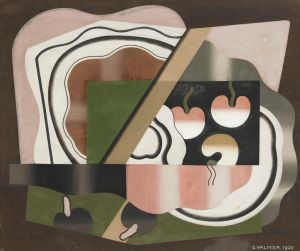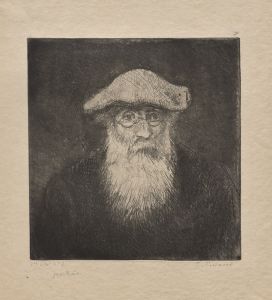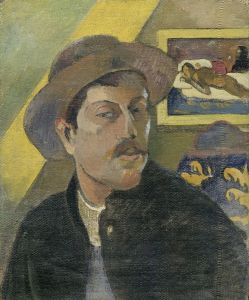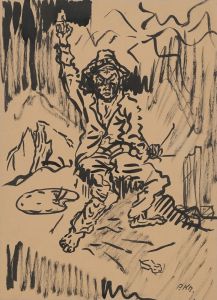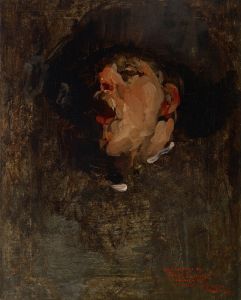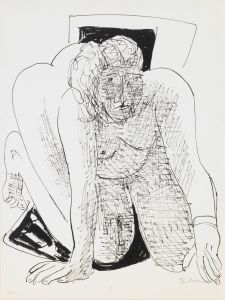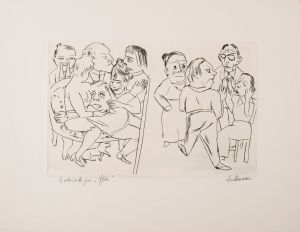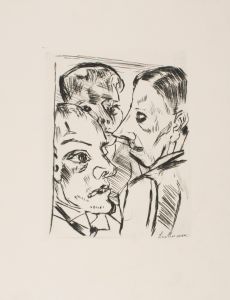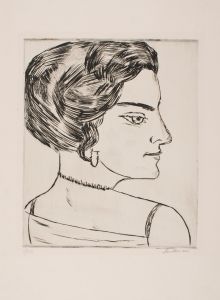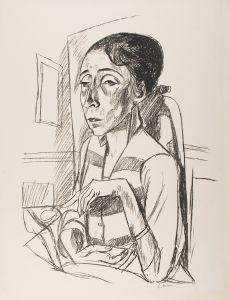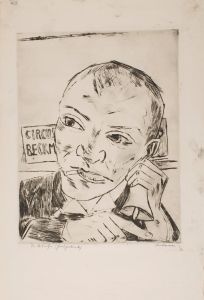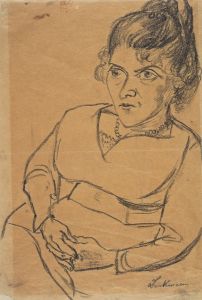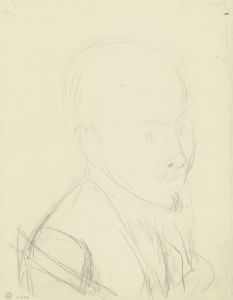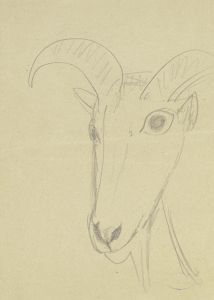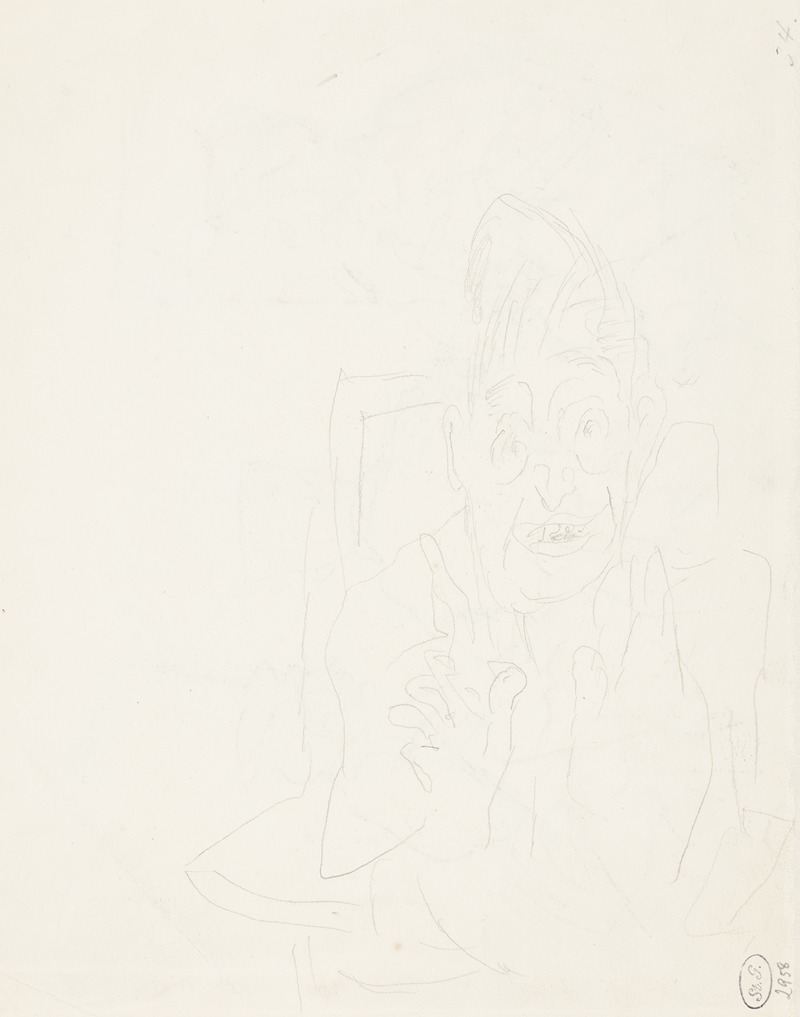
Portrait
A hand-painted replica of Max Beckmann’s masterpiece Portrait, meticulously crafted by professional artists to capture the true essence of the original. Each piece is created with museum-quality canvas and rare mineral pigments, carefully painted by experienced artists with delicate brushstrokes and rich, layered colors to perfectly recreate the texture of the original artwork. Unlike machine-printed reproductions, this hand-painted version brings the painting to life, infused with the artist’s emotions and skill in every stroke. Whether for personal collection or home decoration, it instantly elevates the artistic atmosphere of any space.
Max Beckmann was a prominent German painter, draftsman, printmaker, and sculptor associated with the New Objectivity movement, which emerged in Germany in the aftermath of World War I. His works are known for their expressive style and complex symbolism, often reflecting the tumultuous socio-political landscape of his time. Beckmann's portraits, in particular, are celebrated for their psychological depth and intense character studies.
One of Beckmann's notable works is his self-portrait series, which he painted throughout his career. These self-portraits are not only a reflection of his evolving artistic style but also a window into his personal and professional life. Beckmann's portraits often feature bold lines, vivid colors, and a sense of tension, capturing the essence of the subject with a unique intensity.
Beckmann's approach to portraiture was heavily influenced by his experiences during World War I, where he served as a medical orderly. The horrors of war profoundly impacted him, leading to a shift in his artistic style from Impressionism to a more expressionist and symbolic approach. This change is evident in his portraits, which often convey a sense of existential angst and introspection.
In his portraits, Beckmann frequently employed a technique that involved flattening the pictorial space and using stark contrasts to highlight the subject's features. This method allowed him to focus on the psychological aspects of his subjects, often portraying them with a sense of isolation or alienation. His use of color was also significant, as he often chose bold, contrasting hues to evoke emotional responses from the viewer.
Beckmann's portraits were not limited to self-portraits; he also painted numerous portraits of friends, family, and notable figures of his time. Each portrait is characterized by a distinct individuality, capturing the essence of the subject while also reflecting Beckmann's unique artistic vision. His ability to convey complex emotions and psychological depth in his portraits has earned him a lasting place in the history of modern art.
Throughout his career, Beckmann faced numerous challenges, including the rise of the Nazi regime in Germany. His work was labeled as "degenerate art" by the Nazis, leading to his dismissal from his teaching position at the Städelschule in Frankfurt and the removal of his works from German museums. Despite these obstacles, Beckmann continued to create art, eventually emigrating to the United States in 1947, where he continued to paint until his death in 1950.
Max Beckmann's portraits remain a testament to his skill as an artist and his ability to capture the complexities of the human condition. His work continues to be celebrated for its emotional depth, technical mastery, and the unique perspective it offers on the world of the early 20th century.





